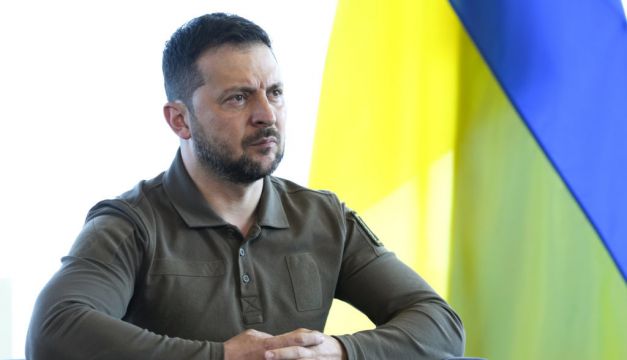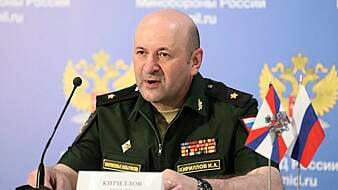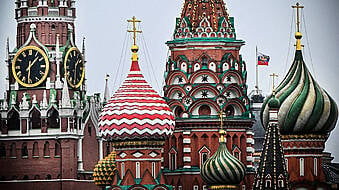Ukraine, fighting a devastating Russian invasion since February 2022, seeks to join Nato as quickly as possible but members of the Western military alliance are divided over how fast that step should be taken.
While eastern European countries want some sort of a road map to be offered to Kyiv at a Nato summit in Vilnius in mid-July, Western members such as the United States, France and Germany are wary of any move that might take the alliance closer to war with Russia.
The decision to invite a country into the North Atlantic Treaty Organisation must be taken by consensus.
Following is a list of steps that Ukraine has already taken on its way to Nato membership, the challenges it still faces - and Russia's view of the developments.
Bucharest promise
At its Bucharest summit in 2008, Nato agreed that Ukraine - which like Russia was part of the Soviet Union until its 1991 demise - would eventually join the alliance. But Nato leaders have so far stopped short of taking concrete steps to that end - such as giving Kyiv a so-called Membership Action Plan - that would lay out a timetable for bringing Kyiv closer to the bloc.
Timelines
In a rare visit to Kyiv in April, Nato secretary-general Jens Stoltenberg underlined that Ukraine's "rightful place" was in Nato but gave no timeline. He later made clear Ukraine would not be able to join as long as the war with Russia rages on.
At the start of June Ukrainian president Volodymyr Zelenskiy acknowledged this position and said his nation understood it was impossible to be admitted to Nato while the war continued.
Procedure
Article 10 of the Washington Treaty states that Nato membership is open to any "European state in a position to further the principles of this Treaty and to contribute to the security of the North Atlantic area".
Since 1999, most countries aiming to join Nato have participated in a so-called Membership Action Plan (MAP), a programme designed to help them meet certain political, economic and military criteria.
Membership candidates need to be functioning democracies that treat their minorities fairly, commit to the peaceful solution of conflicts and show they are able and willing to contribute militarily to Nato operations.
It is unclear, however, what Ukraine's process to membership will look like.
Despite not having been granted a MAP, the country's military has taken major steps in transitioning towards Nato standards since Russia's invasion 15 months ago.
This process is set to accelerate as Kyiv gradually runs out of Soviet-built arms and ammunition, while the West trains Ukrainian troops according to Nato standards and rushes more and more advanced weaponry to the country.
In the end, it will be up to the currently 31 member states to decide how swiftly and under what conditions Ukraine will be allowed to join Natio.
Article 5
By becoming a NATO member, Ukraine would come under the protective umbrella of Article 5 of the Washington Treaty that states that an attack on one ally is considered an attack on all allies.
Nato's mutual assistance clause lies very much at the heart of the alliance, which was formed in 1949 with the primary aim of countering the risk of a Soviet attack on allied territory.
At the same time, Article 5 is cited as one of the main reasons why Ukraine cannot join Nato while in conflict with Russia, as this might immediately draw the alliance into an active war.
The Russian position
The Kremlin has said it would cause problems for many years to come if Ukraine joined Nato. It has warned that Moscow would ensure its interests and security, which it says have been endangered for over two decades by the alliance's eastward enlargement towards European borders with Russia.
The Kremlin has long seen Nato's expansion into eastern Europe as evidence of Western hostility to Russia - something Western powers deny, saying the alliance is wholly defensive in nature - and has cited this as a key reason for its decision to send tens of thousands of troops into Ukraine on February 24th, 2022.







